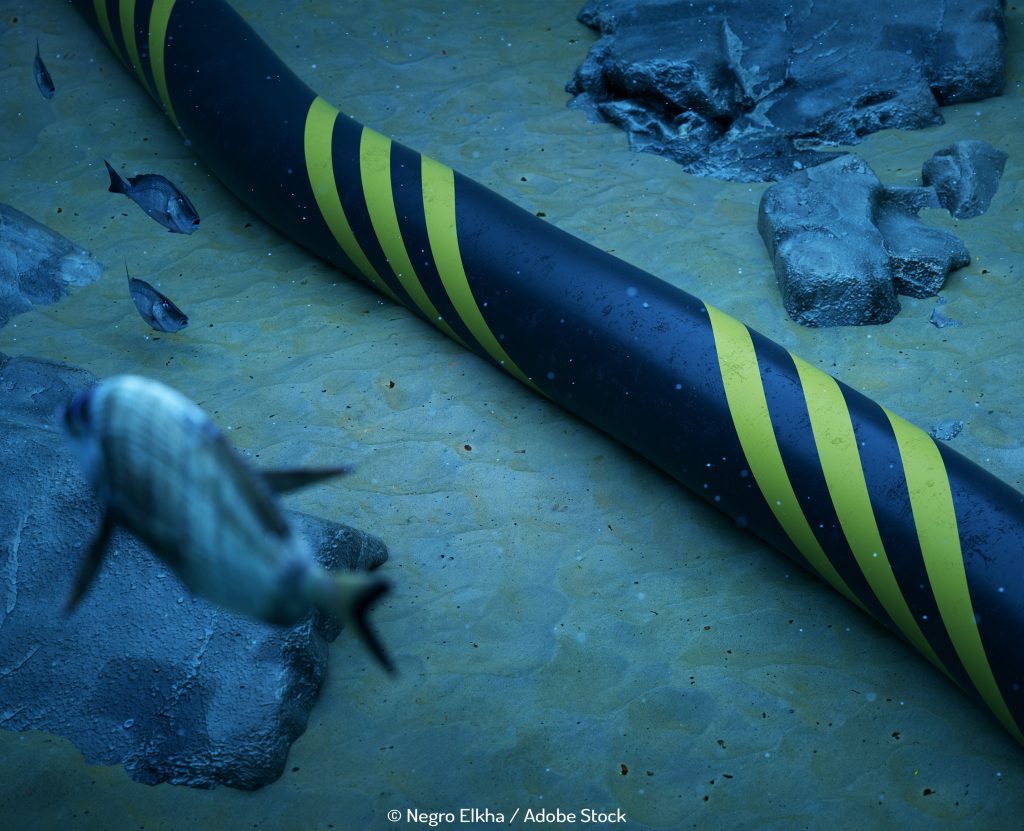Oil and Gas: 2018 Outlook
Every cloud has a silver lining..
The North Sea operator Ineos declared force majeure on all shipments of crude oil, natural gas and condensates on its Forties pipeline system – after a leak was detected. It carries around 40% of the UK’s North Sea oil and gas output. It’s a nightmare for Ineos which only completed the acquisition of the pipeline system from BP in October. It should be down for around two weeks but it did have one positive impact for oil – Brent prices had their highest jump for a year and a half – rising above $65 for the first time since June 2015.
It is a shot in the arm for OPEC which has been working this year to reduce supply in the system. “The market reaction shows that in a tight market, any supply issue will quickly be reflected in higher prices,” said ANZ bank.
Shale the magpie
You may know that the magpie comes along in the spring and eats other birds’ babies or just kicks the eggs out of the nest. Well, in a crude fashion it kinda sums up what shale is doing. Just as OPEC and Russia and the other producers are trying to reduce global oil output and tackle the supply glut, the US continues to do what it does best: produce oil in abandon and enjoy all the good stuff someone else has produced. Recent figures from the American Petroleum Institute show a 6.51m barrel icrease in US crude stockpiles – in what would be the largest jump since March.
“Some of the investors are getting a little bit skittish in terms of the impact on supply, particularly in North America, if we stay in this mid-$50 range,” Michael Loewen, a commodities strategist at Scotiabank in Toronto, told Bloomberg.
Tenterhooks
So credit must go to OPEC and Russia which, in the face of this news, agreed a deal to continue with the global oil production cut until the end of 2018 – unless the market starts to overheat.
Russia has been nervy about ensuring it’s possible to exit the cuts so that US doesn’t use up all the good times. However Saudi Arabia is keen to see the agreement stand – at least into the summer, as the world enters low demand. Energy Minister Khalid al-Falih told reporters: “When we get to an exit, we are going to do it very gradually … to make sure we don’t shock the market.”
Feeling Moody’s
Mixed news came from Moody’s earlier this month when it predicted that the industry will continue its slow recovery into 2018 but it doesn’t mean we’re on easy street.
“Prolonged oversupply will constrain oil prices in the next 1-2 years, though [Organization of Petroleum Exporting Countries]-led production cuts have now stabilised around price-supportive levels,” said Steve Wood, Moody’s managing director for oil and gas. “We expect prices to remain within the $40-60/bbl band through 2019, assuming continued compliance with global production targets.”
Two tales of one industry
OPEC felt confident at the end of 2017 to forecast that the curbs will finally eliminate the glut – and it is going in the right direction. The surplus fell from 291m in November last year to 111m in October. It is confident the re-balancing will happen late in 2018. However the International Energy Agency has a different outlook. It sees inventories remaining as they are as new supply surpasses demand. “The US alone can achieve almost all of the supply growth that OPEC forecasts globally in 2018,” Carsten Fritsch, an analyst at Commerzbank in Frankfurt told indiatimes. “So, without question, the IEA’s forecast is more convincing.” Well, who wants to know everything? Buckle in for an interesting year ahead!


